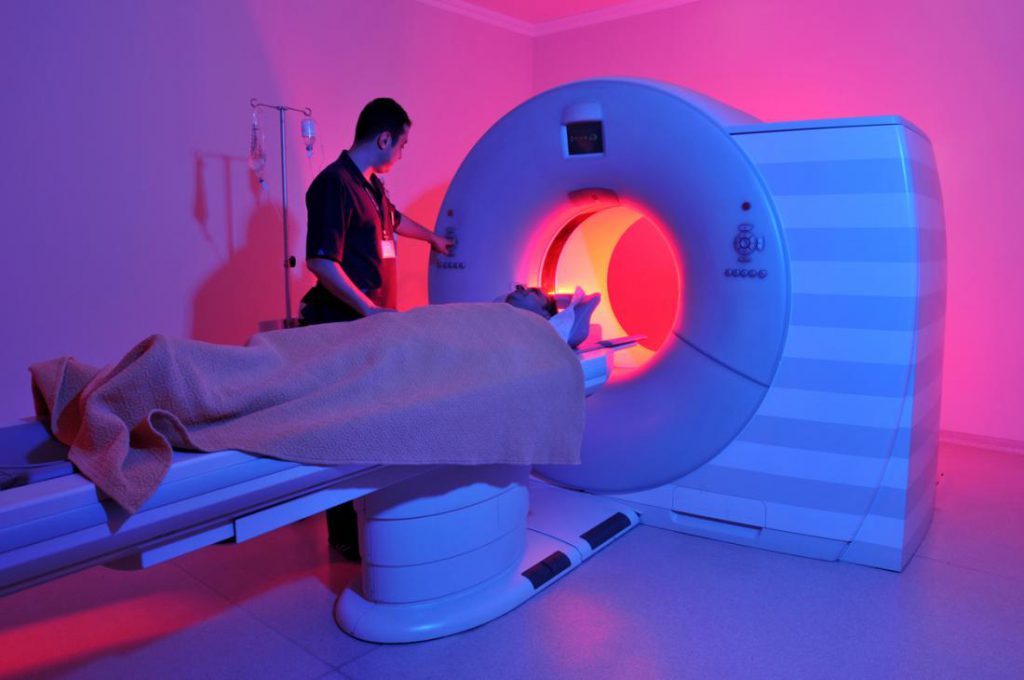MRI Test
An MRI scan uses a large magnet, radio waves, and a computer to make an in-depth, cross-sectional image of internal organs and structures. The scanner itself usually resembles an oversized tube with a table within the middle, permitting the patient to slide in.
An MRI scan differs from CT scans and X-rays because it doesn’t use probably harmful radiation.

The following are examples during which an MRI scanner would be used:
- anomalies of the spinal cord
- tumors, cysts, and different anomalies in numerous components of the body
- carcinoma screening for girls who face a high risk of breast cancer
- injuries or abnormalities of the joints, like the rear and knee
- certain sorts of heart issues
- diseases of the liver and different abdominal organs
- the evaluation of pelvic pain in girls, with causes as well as fibroids & endometriosis
- suspected uterine anomalies in girls undergoing analysis for physiological state
Before an MRI test, eat unremarkably and still take your usual medications, unless otherwise schooled. You’ll usually be asked to vary into a robe and to get rid of things that may have an effect on magnetic imaging.
Our doctors specially trained to interpret MRIs (radiologists) can analyze the photographs from your scan and report the findings to you. Our doctor can discuss important findings and therefore the next steps with you.
MRI could also be wont to facilitate diagnosis or monitor treatment for a spread of conditions among the chest, abdomen, and pelvis. If you’re pregnant, the doctor could use a body tomography to soundly monitor your baby.
Tell your doctor concerning any health issues, recent surgeries, or allergies and whether or not there is a chance you’re pregnant. The field of force isn’t harmful, however, it should cause some medical devices to malfunction. Most orthopedic implants create no risk, however, you ought to perpetually tell the individual if you’ve got any devices or metal in your body.

